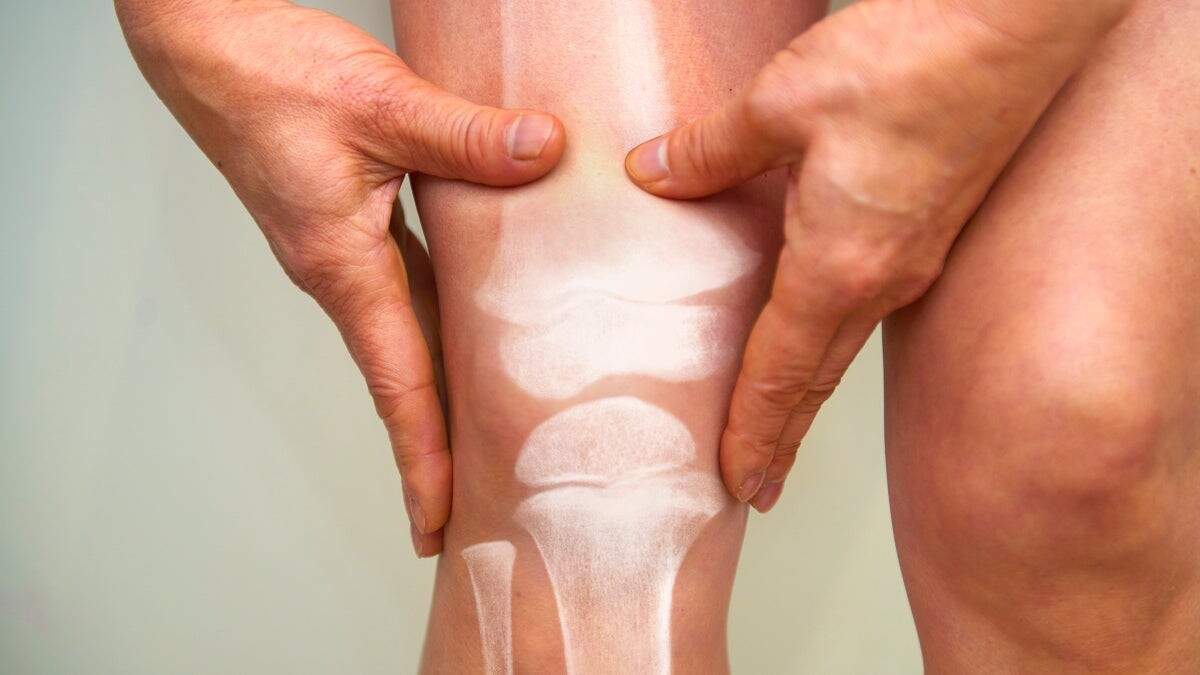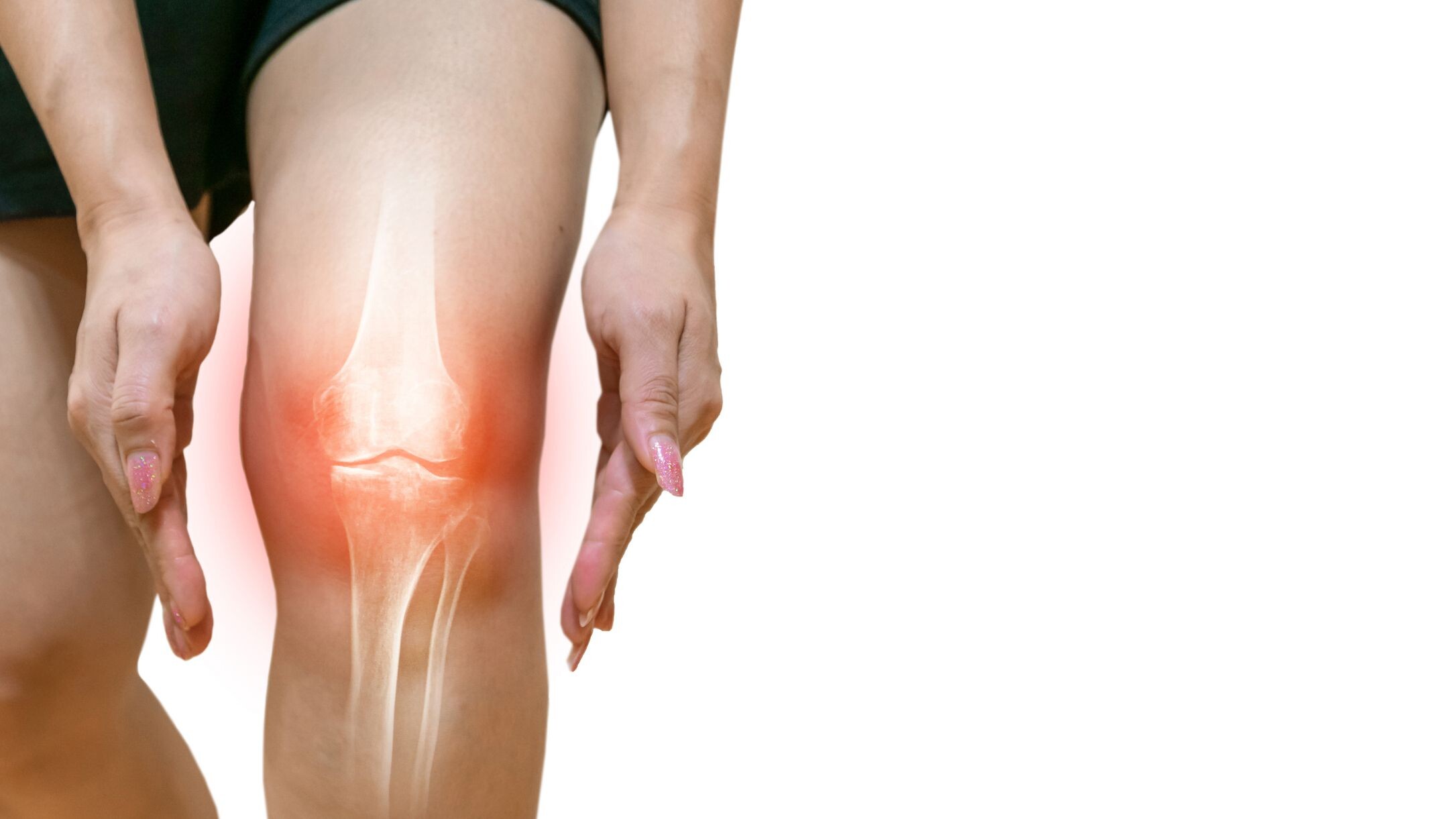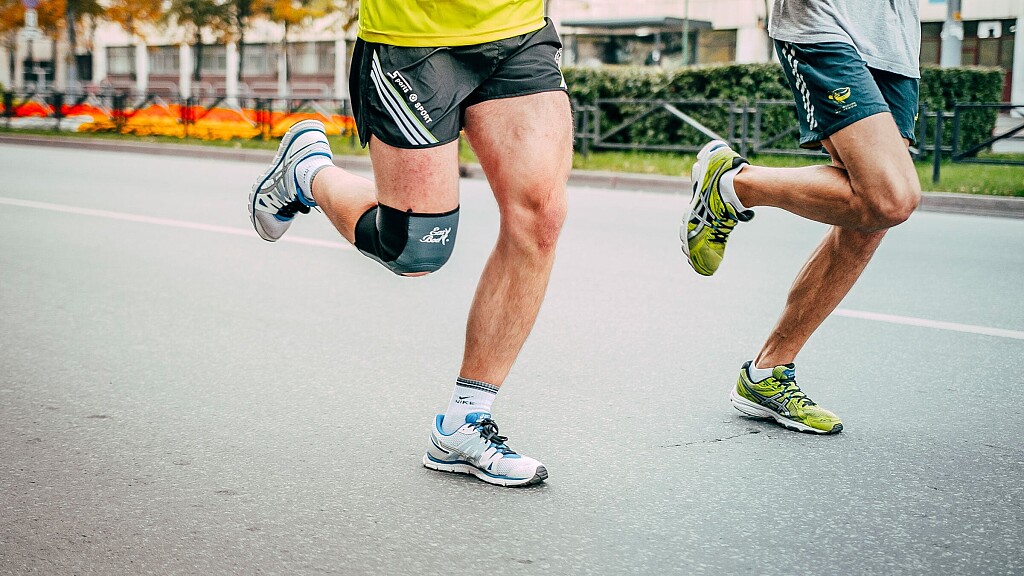Running News Daily
Running News Daily is edited by Bob Anderson. Send your news items to bob@mybestruns.com Advertising opportunities available. Train the Kenyan Way at KATA Kenya and Portugal owned and operated by Bob Anderson. Be sure to catch our movie A Long Run the movie KATA Running Camps and KATA Potato Farms - 31 now open in Kenya! https://kata.ke/
Index to Daily Posts · Sign Up For Updates · Run The World Feed
Running Doesn’t Wear Down Your Cartilage, It Strengthens Your Joints
Numerous studies have shown that, contrary to what your sedentary friends may sometimes argue, running does not cause arthritis. New research shows, in fact, that running may actually help strengthen your joints against future wear and tear, says Jean-Francois Esculier, leader of research and development for The Running Clinic (headquartered near Montreal, Canada) and a medical professor at the University of British Columbia.
In a Sept. 3 paper in Sports Medicine, Esculier’s team examined 43 studies that had used MRI to measure the effect of running on cartilage.

One major finding of these studies, he says, was that the impact from running squeezes water out of cartilage and into the underlying bone. That means that an MRI taken immediately after running will show a decrease in cartilage thickness.

So, Esculier says, “If you want to say running is bad, you can show a study that shows it reduces the thickness of the cartilage.”
But the effect is transient and harmless, he says, because the moment you finish your run, the cartilage begins to reabsorb water and expand back to normal. “It only takes an hour,” he says.
In fact, he says, running may actually be beneficial.
Historically, Esculier says, doctors, researchers, and runners were taught that cartilage simply is what it is, and won’t respond to training.
“But we now know that cartilage can adapt,” he says. “Even with novice runners, after only 10 weeks, you see changes in cartilage so that it can actually tolerate more load.”
What’s happening, he says, is a side-effect of having fluid squeezed out of the cartilage into the underlying bone. When it comes back, he says, it brings with it nutrients that feed the cartilage and make it stronger.
“So not only is running not bad for your joints, it’s actually good for your joints,” he says.
It isn’t just beginners whose joints can strengthen with use. Studies of more experienced runners, he says, suggest that they have developed cartilage that is more resistant to the type of impacts seen in running than that of non-runners.
One of the more dramatic studies looked at competitors in the TransEurope FootRace, a 4,486-kilometer mountain run (2,787 miles) that went from Sicily to northern Scandinavia in 64 days. A team of scientists followed the runners, using a portable MRI to assess them every 900 kilometers or so. Amazingly, Esculier says, they found not only that the competitors didn’t have cartilage damage, but that their cartilage adapted during the race.
“So, even with highly experienced trail runners and lots of volume, we shouldn’t be scared, because the body can adapt very well,” he says.
Cartilage Strengthening Caveats
There are, of course, caveats for those whose joints are already damaged, whether by traumatic injury or bad genetics.
The biggest caveat is that there is very little research on what people with existing arthritis should or shouldn’t do. “Our group is the only group so far that has conducted a study in people with arthritis,” Esculier says. And even that research is only preliminary, with final results not expected for several years.
Meanwhile, his preliminary work has examined women runners in their mid-fifties, some with arthritic knees and some without, using MRI to see how their cartilage reacts and recovers. The main finding so far Esculier says, is that you need to listen to your body. If it hurts, adjust your recovery time accordingly.
What do “if it hurts” and “adjust your recovery time accordingly” mean? Unfortunately, there’s no easy answer. Physical therapist Jay Dicharry says that you can run if pain stays between a 1 to 3 on a 10-point scale, and you have zero increase in swelling, and no limp. “You can try that for a few weeks and then bump up slightly,” he says “And then maybe add in some speed or hills run and see how it does.” But you still need to be aware of situations that will put undue stress on your joints. Dicharry says, for example, “I’d for sure limit downhill running in someone with advanced or even moderate osteoarthritis until they earn the joint control needed to ensure the loads on the knee are inside the healthy range.”
Laura Matesen Ko, an orthopedic surgeon and triathlete from Seattle, Washington, says that she has often seen runners, cyclists, “and even stair-climbing champions” who have managed not just to keep going, but to slow the progression of their arthritis enough to retard what would normally be the need for a hip or knee replacement. She too tells them to listen to their bodies, vague as that recommendation might seem. If your body says “maybe not today,” you really need to listen to it.
Supporting Strength
Matsen Ko adds that it’s also important to work on strengthening the muscles supporting your knee (or any other arthritic joint). Dicharry is adamant on this point as a prerequisite for creating the conditions for cartilage rebuilding.
“You need to find out what type of pain-free range exists, and then work to use your pain-free range as a way to compress/decompress/glide your surfaces,” he says. “That may be through targeted exercises. It may be through more advanced exercises. And once a joint can tolerate the positions it will see with running, you need to increase the speed of loading to ensure the fast loading times seen in running are ok. And then, yes…..you can compress/decompress/glide joints through running.”
Matsen Ko adds, it might help to prioritize your running to emphasize quality, rather than quantity. “Do the track and tempo work,” she says, “but perhaps do the ‘junk miles’ on an elliptical or in the pool, instead of in running shoes.”
To help the strengthening process work, Esculier adds, you should also go sparingly on ibuprofen or other anti-inflammatory medications. The inflammation that causes pain is part of what signals the body to repair, rebuild, and (hopefully) strengthen, so shutting it off prematurely also shuts down the strengthening process.
Not that any of this is a guarantee of an outcome like Seibel’s. Esculier’s larger follow-up study won’t be finished for another 3-4 years.
But, he told me, “If you ask me clinically what I would do with patients like you, I’d tell them they have two choices.” One is to do as my orthopedist suggested and limit running as much as possible. The other is to cautiously see what you can do, in the hope of not only having a bit of running fun, but making the remaining cartilage stronger.
by Richard A. Lovett
Login to leave a comment




